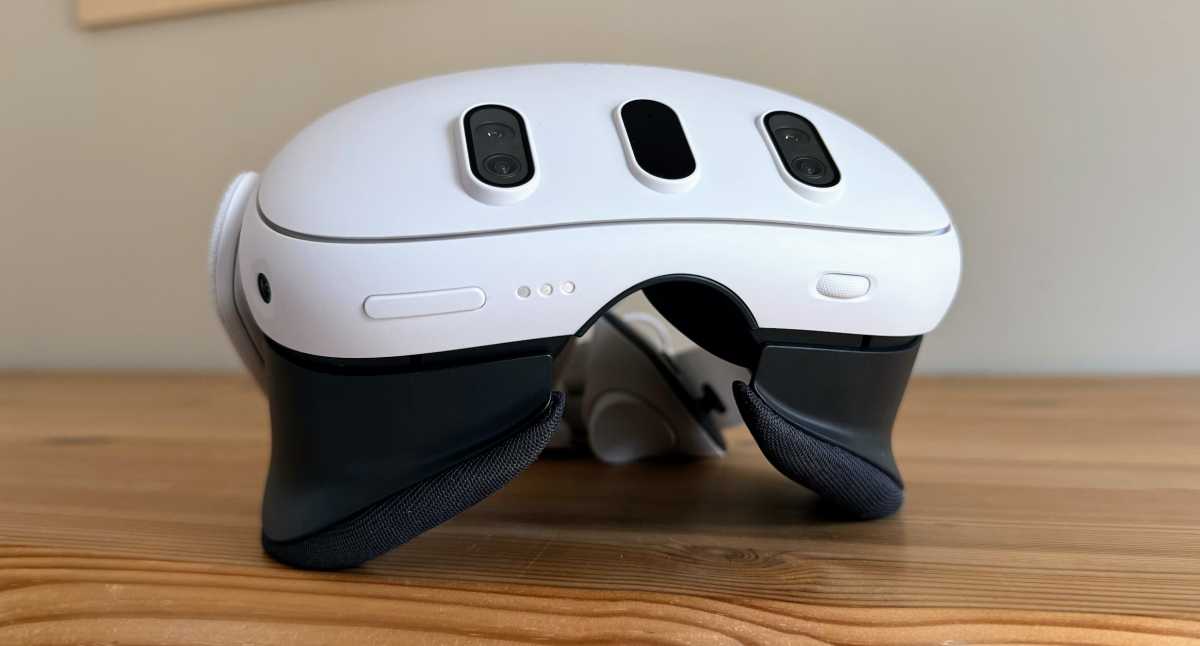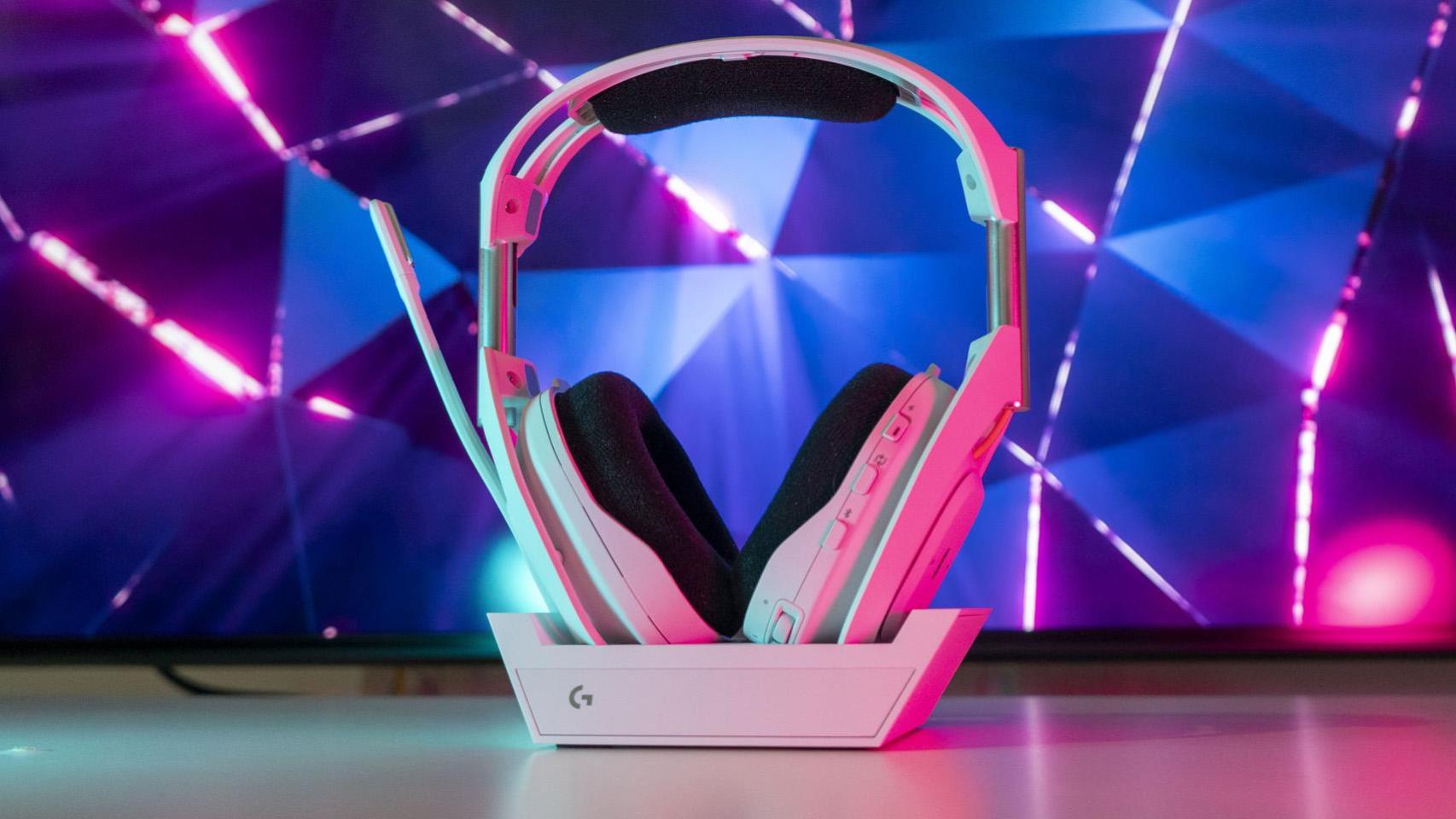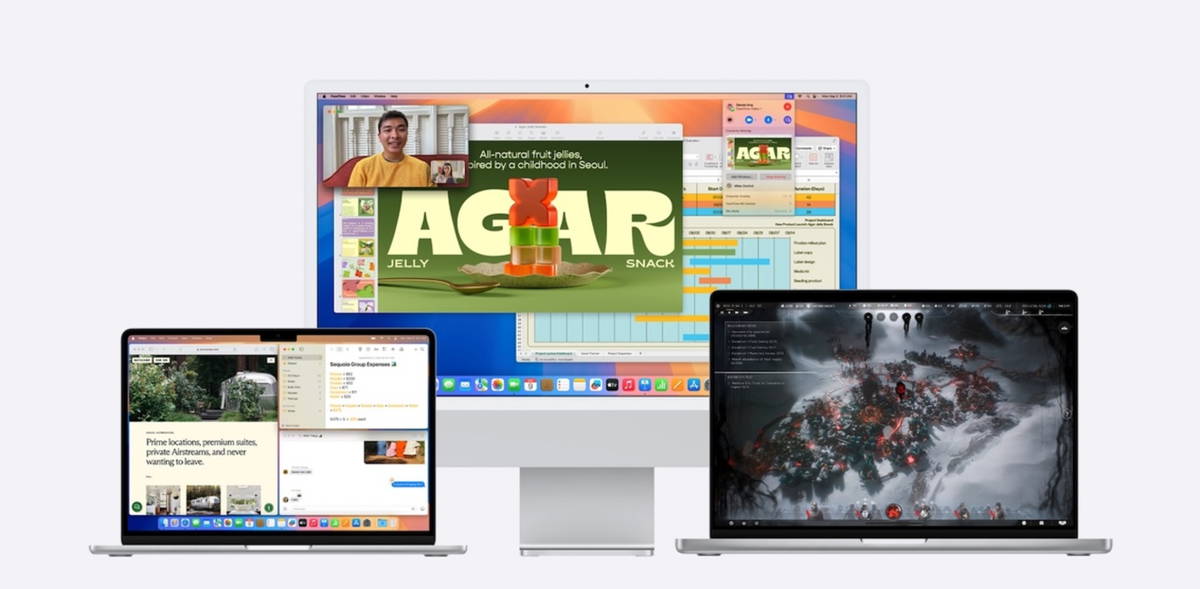Apple Vision Pro is almost here. Pre-orders begin this Friday and the device ships and arrives in stores two weeks later on February 2.
Clearly, experts have already begun to comment on its chances of success. And in just a few months, we’re going to be receiving jaw-dropping articles on the dazzling success of Apple Vision Pro. Or a massive failure. But how can we even measure the success of something like this? This product is, in more than one way, different from most of the other new category products launched by Apple.
Before declaring Apple Vision Pro a success or failure, we should probably set some goals and discuss expectations. Defining success is an essential part of starting any new business. So how do we define success for Apple’s most important new product in over a decade?
Success is not assured
One could easily point to other first-of-its-kind Apple products like Newton as examples of how an Apple product can certainly fail. But Apple is no longer the same company it was when it released the Newton, the Pippin or the Ping.
It is tempting to think that Apple Vision Pro can’t be a failure. Apple is the most valuable company in the world, at almost $3 thousand billion dollar monster that exerts an external influence on the entire technological landscape. Whatever Apple does, whatever it does, it now has a giant built-in audience, right?
But you only need to look at the HomePod to find a specific example of how a new Apple product – e.g. Today Apple may fail.
Launched just five years ago, well into the era of Apple’s technological dominance and strong brand reputation, the HomePod has a lot in common with Apple Vision Pro. This was Apple’s first entry into an established product category. There were plenty of smart speakers out there, but Apple’s had better sound, cooler looks, and a lot more expensive. And it didn’t do everything that established smart speakers did, but what it did, it did better (at least that’s what Apple would have you believe).
Looks familiar?

Foundry
This new product is not like the others
Apple Vision Pro isn’t quite the HomePod, however. Or the iPad, or the AirPods, or the iPhone.
Apple is hoping this will be another iPhone-like moment, but consider that the iPhone was about 7 times cheaper when it was released. The iPhone was a product that everyone already felt they needed – a cell phone, if not necessarily a smartphone. The consideration for purchasing an iPhone was: “I need a cell phone anyway, would I spend a few hundred dollars more on this cool smartphone?” »
Apple Vision Pro is not a few hundred dollars, it’s a few thousand. And it’s not something the public is already convinced they need. The pitch isn’t: You need an AR/VR headset anyway, why not spend more for this incredibly good experience? ” but rather “Spend over $3,500 on a new experience that isn’t yet a part of your life.” »
It’s a hard sell. It’s a tougher sell than the iPad – which people also weren’t convinced they needed (tablets weren’t as popular a product before its introduction) – partly because it costs nearly $3,000 more.
Then there is the social aspect. This is a large metal mask that you strap over your face. It’s hard to make it cool. It is difficult to consider it practical. It’s weird, it’s unusual, it’s not the kind of thing everyone wears in public. Even with years of Meta headsets and millions of units sold, when you sit in a waiting room you see a lot of people on the phone, but no one with a headset strapped to their face.
We can’t (yet) measure sales
Obviously, Apple isn’t going to sell many of these products in the short term. Not compared to many of their other products. It’s difficult to produce products in large quantities and it’s expensive because everyone is selling out.
No one could rightly declare it a failure if Apple only sells 20,000 units this year, or if Meta outsells Apple 5 to 1. Apple is desperate not to be compared to mixed reality products already in the market for several years, going out of their way to use “Spatial Computing” to describe the product and insisting that developers avoid terms like AR, VR, MR, etc.

Vision Pro may be more advanced than Meta Quest 3, but the two devices aren’t as different as Apple wants us to believe.
Jim Martin / Foundry
This won’t work. It’s a headset with 3D head tracking and screens that you attach to your face. No one will be fooled into thinking that this is a a completely different type of product from Meta Quest 3.
We also can’t declare it a success if it’s out of print for months. When you can’t make a lot of things, selling is no easy task.
Apple is unlikely to release actual sales numbers, but Vision Pro could show up in the company’s quarterly financial statements, and investors are sure to ask questions about it. The total contribution to Apple’s bottom line will almost certainly be very small for several quarters, and Tim Cook will almost certainly declare the product a resounding success beyond the company’s wildest dreams. All of this can and should be ignored.
Influence matters, but it can diminish
The Vision Pro’s influence on the market could be greater than sales figures, stock depletion or Apple’s bluster. Vision Pro will benefit from a huge marketing push, a lot of attention from the mainstream press and will generate its share of memes. So what ?
Will developers flock to the platform? Will they succeed? Will Apple suck all the oxygen out of the room, leaving Meta’s helmets and everyone else to suffocate as well? Will the growing wave of attention to Apple Vision Pro lift all boats, boosting sales of more affordable VR/AR products?

Can Vision Pro retain people’s interest after the initial hype?
Apple
The strength of the Apple brand and marketing momentum alone will ensure a launch that generates a lot of attention and outsized influence on the AR/VR world. But it may not last.
In the short term (throughout 2024), Apple Vision Pro could see success if it captures the public’s attention and imagination. Are people still interested in October? Are developers still dedicating a lot of resources to developing the platform? Are all the big companies we saw demos of last year, like Disney and the NBA, still genuinely excited about this? Is Apple Vision Pro still present on social media or have all the influencers moved on to the next big thing?
The difficult task Apple faces is keeping the public, developers and businesses excited long enough for the company to release a cheaper, larger product. An Apple Vision Air, if you will.
The success of Apple Vision Pro will be measured by its successor
Ultimately, the success of Apple Vision Pro will truly be measured by demand for the following Apple Vision product.
It’s like the iPhone and the iPod: if the successor to the Apple Vision Pro, produced in larger quantities at a more reasonable price, takes the world by storm because everyone who owns the first love and uses it all the time, then the Vision Pro did its job.
On the other hand, if interest has waned and Apple has to pitch the Vision Pro’s successor as something very different, then Tim Cook’s tenure could be marred by a failure that makes HomePod’s struggles look cute into comparison.
Table of Contents







